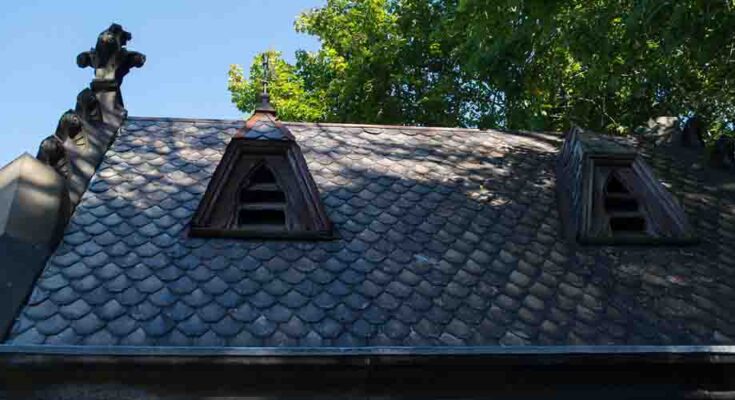First of all, ventilation must ensure the correct composition of the air. Human beings consume oxygen and release carbon dioxide. Healthy air for breathing should contain at least 21% oxygen, while a decrease in oxygen concentration in the air can cause a feeling of stuffiness, malaise, and a headache. A constant lack of oxygen reduces efficiency, adversely affects human health, and accelerates aging.
In addition, sources of air pollution are usually present indoors – building materials containing asbestos, chipboard furniture, household chemicals, gas stoves. To prevent a high concentration of harmful substances in the air and a significant decrease in the oxygen content, the air in the living room must be completely renewed at least once every hour (the air exchange rate per hour is 1). In rooms with special functions, the air exchange rate should be more significant; for example, in the kitchen, the air exchange rate per hour should be at least three, in a room intended for smoking – 10.
Modern ventilation systems renew the air in the room. Still, they can also purify the supplied air, humidify it, heat or cool it to the desired temperature, creating the most comfortable conditions for the person in the room.
Classification of ventilation systems
Ventilation systems are classified according to the following main features:
- according to the method of air movement – natural or artificial (mechanical) ventilation system;
- by appointment – supply or exhaust;
- by service area – local or general exchange;
- by design – typesetting or monoblock.
Natural and mechanical ventilation
Natural ventilation is a ventilation system that does not contain electrical equipment (fans, motors, drives, etc.). The movement of air occurs due to the difference in temperature, the pressure of outdoor air and air in the room, wind pressure. Natural ventilation exists in all high-rise buildings – it is a system of vertical channels (air ducts) with ventilation grilles in the kitchens and bathrooms. The air ducts are brought to the roof, where special nozzles are installed on them – deflectors, which enhance air’s suction due to the wind’s force. The inflow of fresh air should be carried out through the cracks in the doors and window openings open vents. The efficiency of natural ventilation depends very much on random factors – wind direction air temperature. In addition, over time, air ducts become clogged with dirt, dust, debris,
Mechanical ventilation systems use equipment and electrical appliances that allow you to move air over considerable distances and, if necessary, clean and heat it. Automated systems can provide the desired level of air exchange, regardless of external conditions. Still, they are not cheap, and the cost of electricity for their operation can be pretty high.
In practice, the so-called mixed ventilation is often used, i.e., natural and mechanical. So, for example, sometimes it is enough to install small fans in the ventilation ducts in the kitchen and the bathroom. There are “smart” fans with automatic control, for example, a bathroom fan that turns on when the humidity level exceeds a set limit a toilet fan that connects to a light switch. And to improve the supply ventilation, you can install supply valves in the window fittings or the wall, through which, due to the difference in pressure and temperature, air from the street will flow. The valve is usually equipped with a diaphragm that regulates the amount of incoming air. It may also contain a filter to purify the incoming air reduce the noise level.
In each specific project, only a specialist will determine which type of ventilation is the most efficient, more economical, and technically rational. This is especially true when designing outdoor living spaces, where integrating professional patio covers can work in tandem with ventilation systems to create comfortable, well-regulated environments year-round.
Supply and exhaust ventilation
The supply system is used to supply fresh air into the room. The supply air can be subjected to special cleaning, heating, and humidification. The exhaust system removes exhaust air from the room. Usually, both supply and exhaust systems are provided in the room; their performance must be balanced, otherwise under or overpressure will be generated, which will lead to an unpleasant “slamming doors” effect.
The premises may also be provided with only an exhaust or supply ventilation system. In this case, air enters the outside or adjacent rooms through special openings. It is also removed from this room to the outside or flows into adjacent rooms. Both supply and exhaust ventilation can be arranged at the workplace ( local ventilation ) or the entire room ( general ventilation ).
Stacked and monoblock ventilation systems
The most common is typesetting ventilation systems. They are assembled as a constructor from separate elements (fan, filter, silencer, air ducts, etc.), and these elements can be from different manufacturers. The typesetting system can be designed for any room, from a small apartment to an entire building, but only a specialist can correctly calculate and design it.
A monoblock unit is a complete ventilation system located entirely in one housing. In a monoblock system, a heat exchanger is often installed – a device in which heat exchange of cold supply air with warm air removed from the room takes place, which saves from 30 to 90% of electricity. Installation of a monoblock system takes several hours and does not require any consumables, but it will not be possible to fit it into every room.



